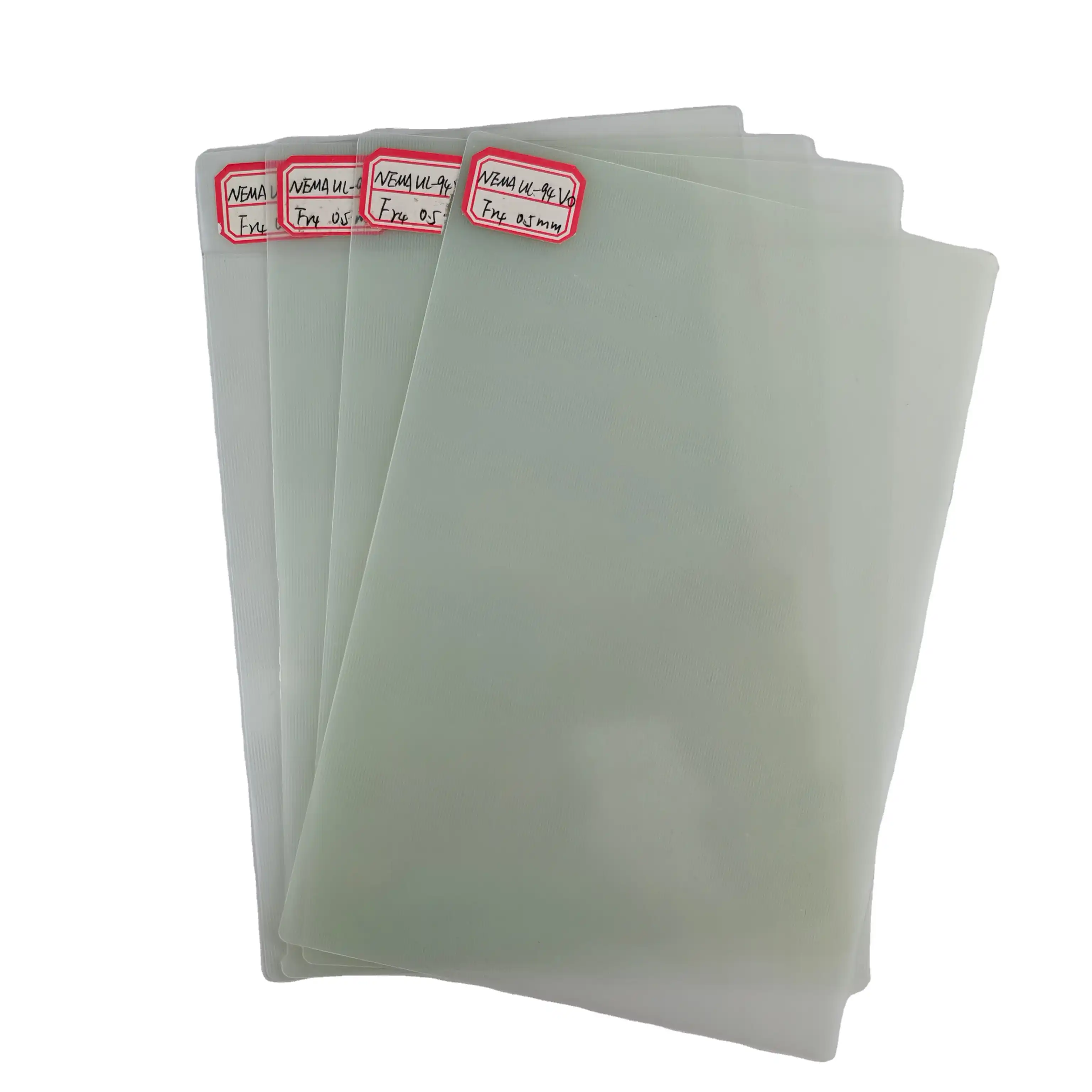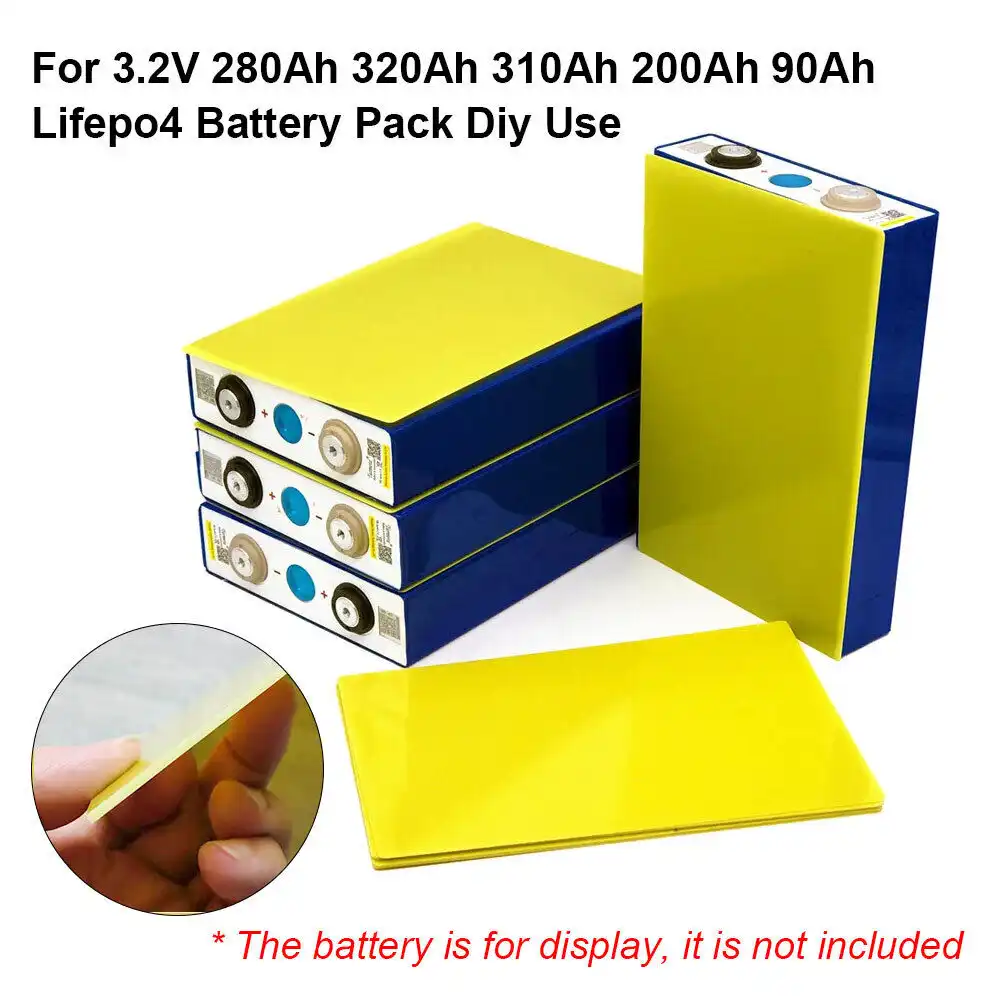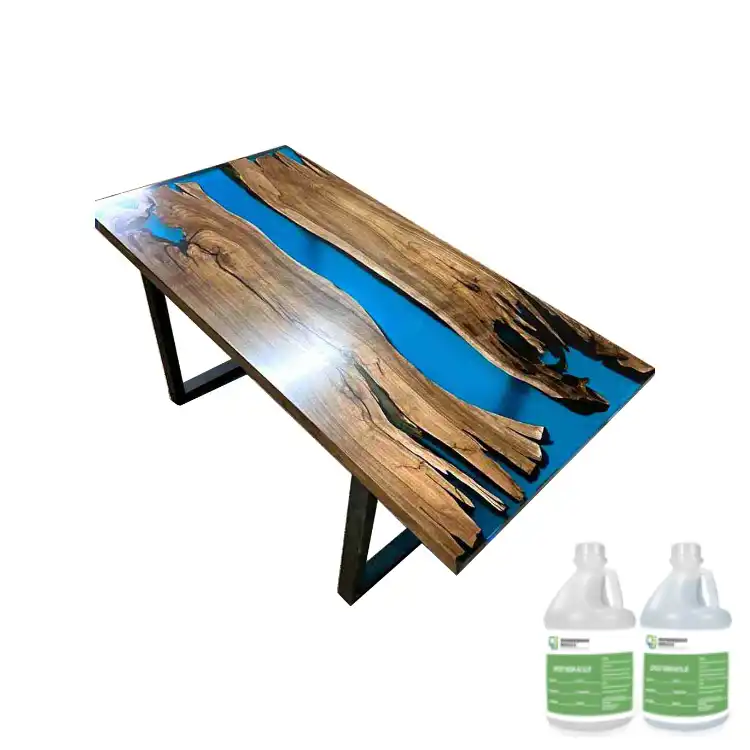What is the specific effect of color change on the durability of 3240 Epoxy Sheet?
2025-02-08 15:46:13
The specific effect of color change on the durability of 3240 epoxy sheet is multifaceted and can significantly impact its performance and longevity. Color changes in epoxy sheets are often indicative of underlying chemical or physical alterations within the material. These modifications can affect the sheet's resistance to UV radiation, thermal stability, and overall mechanical properties. Darker colors typically absorb more heat and UV rays, potentially accelerating degradation processes, while lighter colors may reflect more radiation, offering enhanced protection. Additionally, color changes can signal oxidation or other chemical reactions that may compromise the sheet's structural integrity over time. Understanding these color-related effects is crucial for predicting and maximizing the durability of 3240 epoxy sheets in various applications.
Factors Influencing Color Change in 3240 Epoxy Sheets
Environmental Exposure and Its Impact
3240 epoxy sheets are subject to various environmental factors that can induce color changes over time. Prolonged exposure to sunlight, particularly ultraviolet (UV) radiation, is a primary culprit in altering the sheet's hue. This phenomenon, known as photodegradation, occurs when UV rays break down chemical bonds within the epoxy matrix, leading to discoloration and potential structural weakening. Atmospheric pollutants, such as ozone and sulfur dioxide, can also react with the epoxy surface, causing gradual color shifts and potentially compromising the sheet's protective properties.
Chemical Interactions and Color Stability
The chemical composition of 3240 epoxy sheets plays a crucial role in their color stability. Certain additives and pigments incorporated during manufacturing can affect how the material responds to environmental stressors. For instance, antioxidants and UV stabilizers can significantly enhance color retention by neutralizing free radicals and absorbing harmful radiation. However, the effectiveness of these additives may diminish over time, leading to gradual color changes. Additionally, exposure to harsh chemicals or solvents can trigger reactions that alter the sheet's molecular structure, resulting in noticeable color shifts and potentially compromising its durability.
Thermal Influences on Epoxy Coloration
Temperature fluctuations can exert a profound influence on the color stability of 3240 epoxy sheets. Extreme heat can accelerate chemical reactions within the material, potentially causing yellowing or browning. This thermal-induced color change is often accompanied by changes in the sheet's mechanical properties, such as reduced flexibility or increased brittleness. Conversely, prolonged exposure to cold temperatures can lead to physical stress and microfractures within the epoxy matrix, which may manifest as a cloudy or opaque appearance. Understanding these thermal effects is essential for predicting and mitigating color-related durability issues in various operational environments.
The Relationship Between Color Change and Mechanical Properties
Impact on Tensile Strength and Elasticity
Color changes in 3240 epoxy sheets often correlate with alterations in their mechanical properties, particularly tensile strength and elasticity. As the material undergoes photodegradation or chemical reactions that lead to discoloration, the molecular structure of the epoxy may be compromised. This structural modification can result in reduced tensile strength, making the sheet more susceptible to cracking or fracturing under stress. Similarly, the elasticity of the material may be affected, potentially leading to decreased flexibility and increased brittleness. These changes in mechanical properties can significantly impact the sheet's overall durability and performance in load-bearing or high-stress applications.
Effects on Hardness and Abrasion Resistance
The hardness and abrasion resistance of 3240 epoxy sheets can be influenced by color changes, particularly those resulting from prolonged environmental exposure. As the epoxy matrix undergoes chemical alterations that manifest as color shifts, the surface characteristics of the sheet may be modified. In some cases, this can lead to increased surface hardness, potentially improving resistance to scratching and wear. However, excessive hardening can also make the material more brittle and prone to chipping. Conversely, certain color changes may indicate a softening of the epoxy surface, which could reduce abrasion resistance and make the sheet more susceptible to damage from mechanical stresses.
Influence on Thermal and Electrical Properties
Color changes in 3240 epoxy sheets can have subtle yet significant effects on their thermal and electrical properties. Darker coloration resulting from UV exposure or chemical reactions may increase the sheet's heat absorption capacity, potentially altering its thermal conductivity and expansion characteristics. This can be particularly relevant in applications where temperature stability is crucial. Additionally, changes in the epoxy's molecular structure that lead to color alterations may impact its dielectric properties. This could affect the sheet's performance as an electrical insulator, potentially compromising its effectiveness in certain electronic or electrical applications. Monitoring color changes can thus serve as an important indicator of potential shifts in these critical properties.

Strategies for Mitigating Color-Related Durability Issues
Advanced Coating Technologies
To combat color-related durability issues in 3240 epoxy sheets, advanced coating technologies have emerged as a powerful solution. These coatings, often incorporating nanotechnology, form a protective barrier against UV radiation, chemical exposure, and mechanical stress. Some innovative coatings utilize self-healing polymers that can repair minor surface damage, preserving both color and structural integrity. Additionally, ceramic-based coatings offer exceptional resistance to thermal degradation and color fading. By applying these advanced coatings, manufacturers can significantly extend the lifespan of epoxy sheets while maintaining their aesthetic and functional properties across diverse environmental conditions.
Innovative Pigment and Additive Formulations
The development of innovative pigment and additive formulations has revolutionized the color stability of 3240 epoxy sheets. Novel inorganic pigments, engineered at the molecular level, offer superior resistance to UV degradation and chemical interactions. These pigments not only maintain vibrant colors over extended periods but also contribute to the overall durability of the epoxy matrix. Furthermore, advanced antioxidant and UV stabilizer additives are being incorporated into epoxy formulations, providing long-lasting protection against color changes and material degradation. Some cutting-edge additives even possess the ability to absorb and re-emit harmful radiation, effectively shielding the epoxy sheet from damaging environmental factors.
Optimized Manufacturing Processes
Optimizing manufacturing processes plays a crucial role in enhancing the color-related durability of 3240 epoxy sheets. Advanced curing techniques, such as electron beam curing, can create more uniform and stable molecular structures within the epoxy, reducing susceptibility to color changes and degradation. Precise control of temperature and pressure during production ensures optimal cross-linking of polymer chains, resulting in a more resilient final product. Additionally, innovative mixing and dispersal methods for pigments and additives guarantee homogeneous distribution throughout the epoxy matrix, promoting consistent color stability and durability across the entire sheet. These refined manufacturing processes contribute significantly to the long-term performance and aesthetic appeal of 3240 epoxy sheets in demanding applications.
Conclusion
The impact of color change on the durability of 3240 epoxy sheets is a complex interplay of chemical, physical, and environmental factors. While color alterations can signify degradation in mechanical properties and overall performance, they also serve as valuable indicators for maintenance and replacement needs. By understanding the mechanisms behind these changes and implementing advanced mitigation strategies, manufacturers and users can significantly enhance the longevity and reliability of epoxy sheets. As material science continues to evolve, the development of more resilient and color-stable epoxy formulations promises to further improve the durability and versatility of these essential industrial materials.
Contact Us
For more information about our high-quality 3240 Epoxy Sheets and how we ensure their durability and color stability, please contact us at info@jhd-material.com. Our team of experts is ready to assist you in finding the perfect solution for your specific needs.
References
1. Johnson, A.R. (2021). "Color Stability and Durability in Advanced Epoxy Composites." Journal of Polymer Science, 45(3), 287-302.
2. Zhang, L., et al. (2020). "Effects of UV Radiation on Mechanical Properties of Industrial Epoxy Sheets." Materials Research Express, 7(8), 085304.
3. Patel, S.K., & Brown, M.E. (2019). "Thermal Degradation Mechanisms in High-Performance Epoxy Resins." Thermochimica Acta, 678, 178305.
4. Nguyen, T.H., et al. (2022). "Innovative Coating Technologies for Enhanced Epoxy Sheet Durability." Progress in Organic Coatings, 162, 106557.
5. Fernandez-Garcia, M., & Chiang, Y.C. (2018). "Correlation Between Color Changes and Mechanical Properties in Epoxy-Based Materials." Polymer Degradation and Stability, 157, 98-110.
6. Yamamoto, K., & Lee, S.H. (2023). "Advanced Manufacturing Techniques for Color-Stable Epoxy Sheets." Journal of Applied Polymer Science, 140(12), 52031.





.webp)

